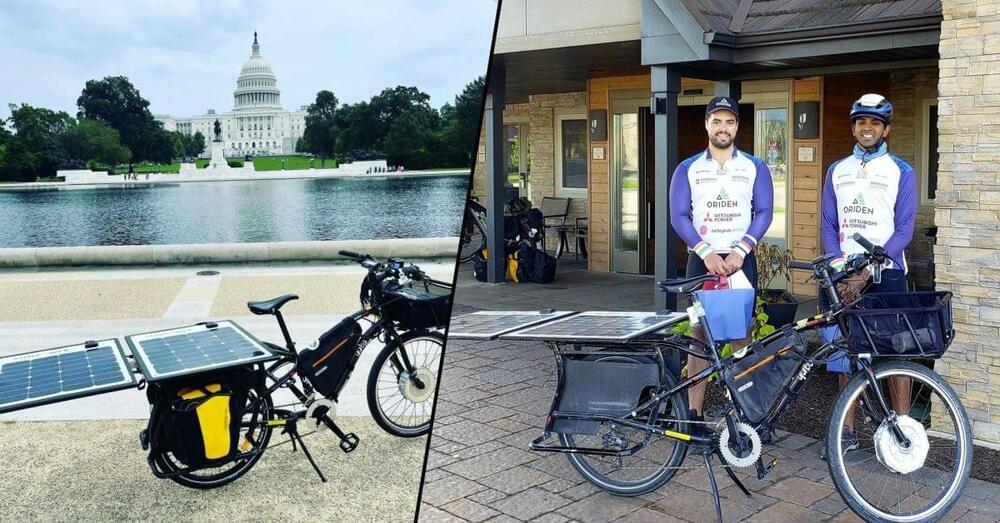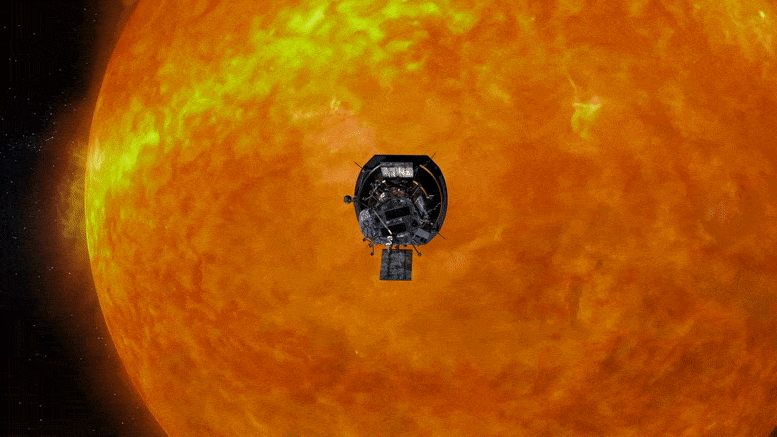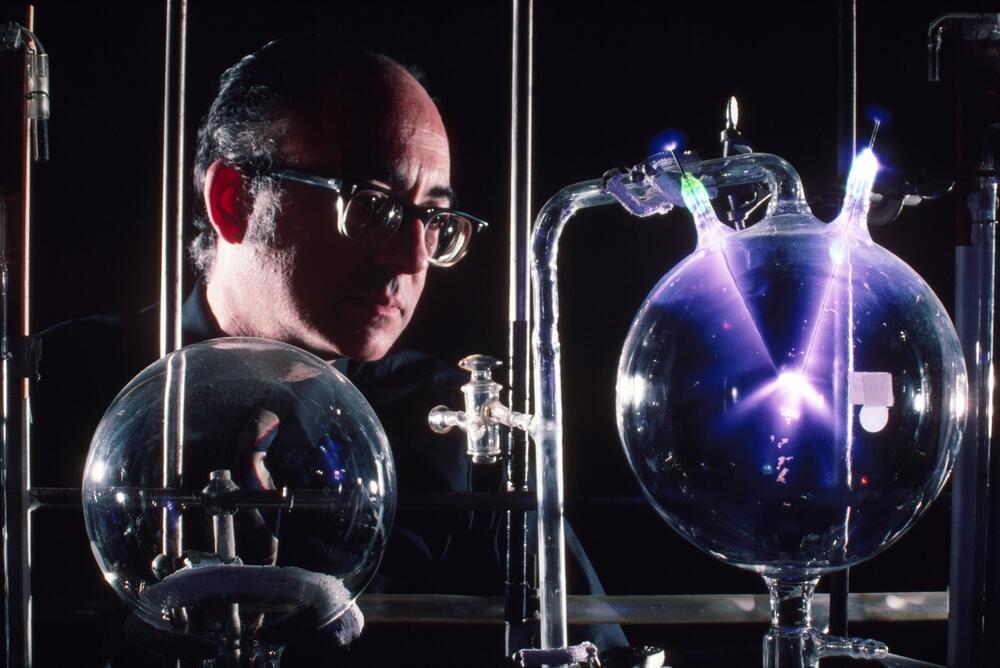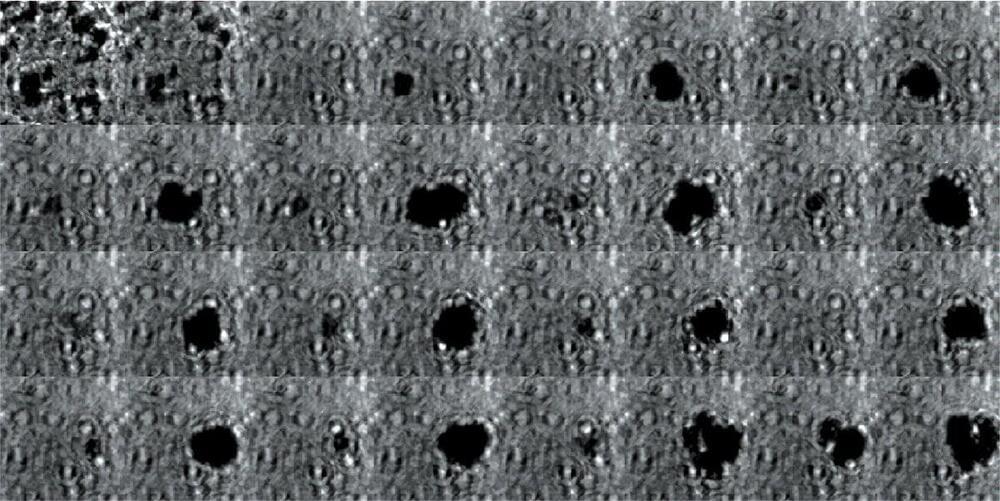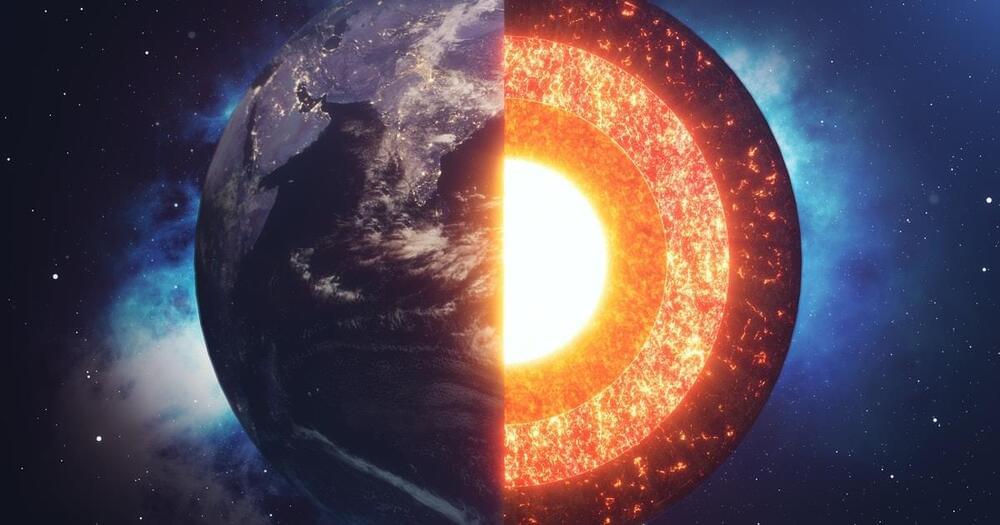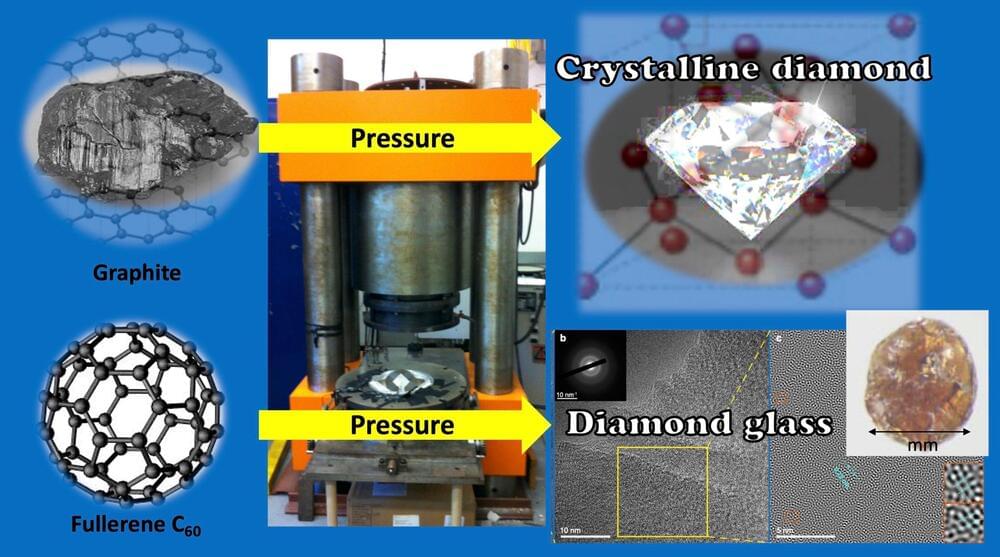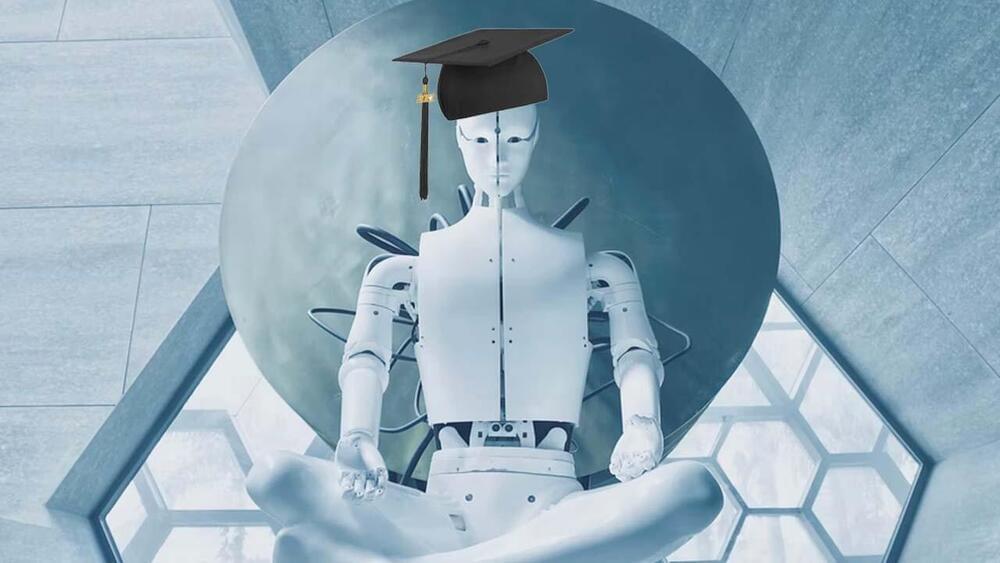Sushil Reddy is no stranger to long-distance electric bicycles rides, having broken the Guinness World Record back in 2016 with a 7,424 km (4,613 mile) ride across India. Since then he’s set his sights on solar power, performing several more long-distance solar-powered electric bike rides. Now he’s halfway through a 10,460 km (6,500 mile) ride around the US on a custom-built solar-powered electric bike as part of the SunPedal Ride project.
As the SunPedal Ride project explained:
“The SunPedal Ride is an outreach project started by Sushil Reddy in 2016. The idea is to have conversations about clean energy and sustainable mobility via endurance journeys undertaken on zero tail-pipe emission vehicles. Each edition of The SunPedal Ride is a new challenge which is executed by a team and supported by a group of sponsors/partners to spread the message via public interactions. A medium of a zero tail-pipe emissions vehicle is used in each edition of The SunPedal Ride.”
